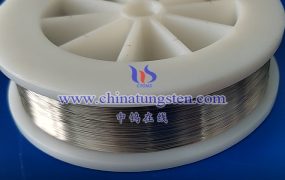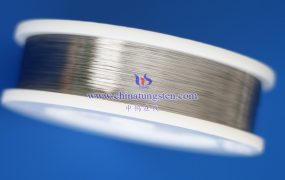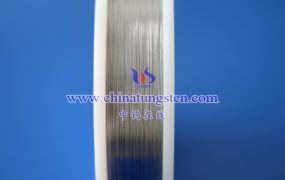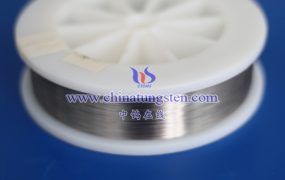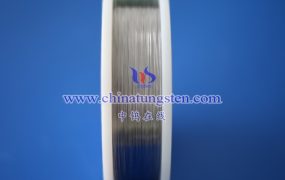After the tungsten wire is contaminated, there may be a variety of faults, which are mainly caused by the influence of pollutants on the performance of the tungsten wire. The following is a detailed analysis of the possible faults that may occur after the tungsten wire is contaminated:
- Faults caused by solid pollutants
Internal sparking of the device: Solid pollutants such as dust, metal chips, etc. may form a conductive channel near the tungsten wire, causing internal sparking of the device, thereby damaging the tungsten wire or the surrounding circuit.
Blockage of holes: Solid pollutants may block the holes near the tungsten wire, affecting the circulation of gas or the dissipation of heat, thereby causing the performance of the device to deteriorate or fail.
Changes in high-frequency performance: The presence of solid pollutants may change the distribution of the electromagnetic field near the tungsten wire, thereby affecting the high-frequency performance of the device.
Decreased vacuum: Solid pollutants may release gas at high temperatures, causing the vacuum of the device to decrease, affecting the working environment and life of the tungsten wire.
- Faults caused by liquid pollutants
Poor coating: Liquid pollutants such as grease, acid, alkali, etc. may corrode the coating on the surface of the tungsten wire, causing the coating to fall off or loosen, thereby affecting the performance of the tungsten wire.
Welding leakage: Liquid pollutants may contaminate the welding part, resulting in loose welding or leakage, thereby affecting the connection between the tungsten wire and the surrounding circuit.
Sealing leakage: Similarly, liquid pollutants may also contaminate the sealing parts, resulting in loose sealing or leakage, thus affecting the sealing performance of the equipment.
Leakage: Liquid pollutants may form a conductive channel, resulting in circuit leakage, thereby damaging the tungsten wire or surrounding circuits.
Rust: The corrosive components in the liquid pollutants may corrode the tungsten wire, resulting in rust on the surface of the tungsten wire, thereby affecting its conductivity and mechanical strength.
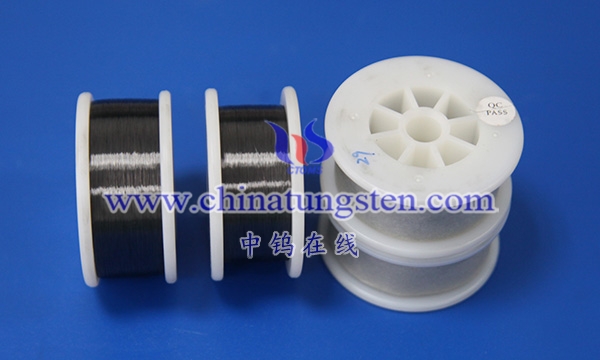
- Failures caused by gaseous pollutants
Decreased vacuum: Gaseous pollutants such as gases released by unpurified parts and harmful gas components may cause the vacuum degree of the device to decrease, thereby affecting the working environment and life of the tungsten wire.
Deterioration of electrical performance: The presence of gaseous pollutants may change the electromagnetic field distribution near the tungsten wire or affect the conductive properties of the tungsten wire, thereby causing the electrical performance of the equipment to decrease.
Cathode poisoning: Certain harmful gases can cause cathode poisoning, thereby reducing the emission ability of the tungsten wire and affecting the performance of the equipment.
- Other failures
Blackening of tungsten wire: The tungsten wire reacts chemically with oxygen in the air under high temperature to generate tungsten oxide, resulting in blackening of the tungsten wire surface. In addition, impurity contamination during the production and use process will also aggravate the blackening of tungsten wire. This color change not only affects the appearance quality of tungsten wire, but also may affect its electrical conductivity and mechanical strength.
Tungsten wire deformation: The internal lattice structure of tungsten wire changes at high temperature, which may cause tungsten wire deformation. If the tungsten wire is heated to above 1100℃1300℃, its fibrous structure may be destroyed and return to a small granular structure. When the temperature reaches 1500℃1600℃, the grains will grow, making the tungsten wire brittle and reducing its tensile strength.
More details of tungsten wires, please visit website: http://tungsten.com.cn/tungsten-wires.html
Please contact CHINATUNGSTEN for inquiry and order of tungsten needles:
Email: sales@chinatungsten.com
Tel.: +86 592 5129595

